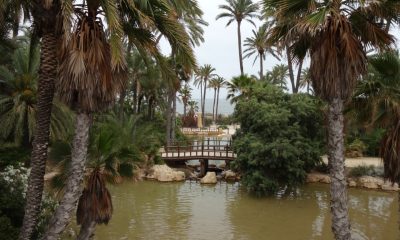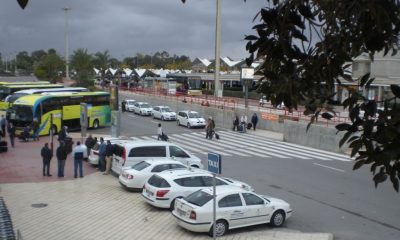Magazine
Train Links on the Costa Blanca
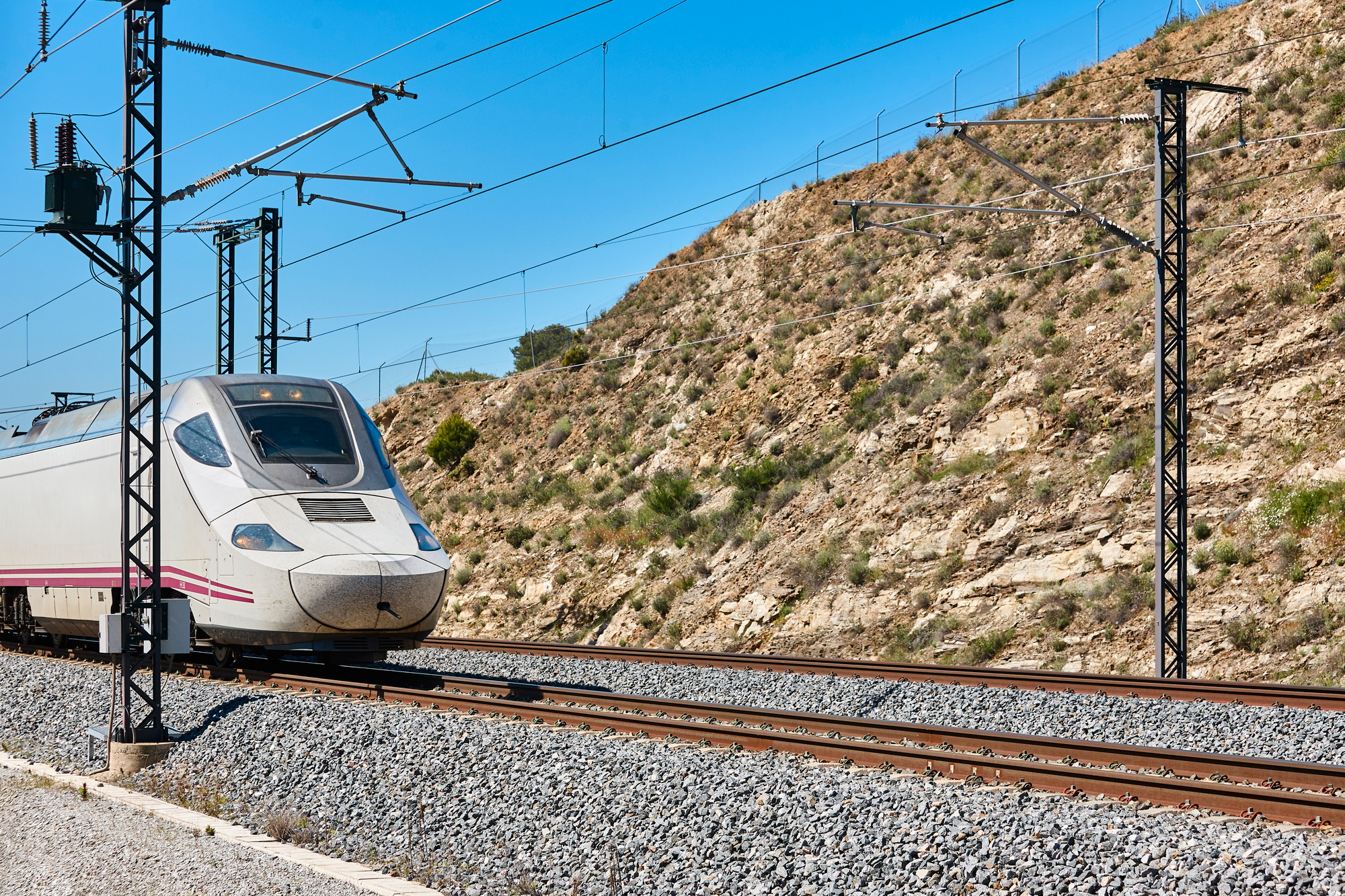
The Costa Blanca, while primarily known for its coastal charm, is also served by a network of train lines that facilitate travel within the region and beyond. While not as extensive as in some other parts of Spain, the train links offer a convenient and scenic way to explore the area.
The TRAM d’Alacant:
- This is the most significant rail network on the Costa Blanca, operating a modern light rail system that connects Alicante with various towns along the coast.
- The TRAM’s Line 1 is particularly popular, running from Alicante to Benidorm and onward to Denia, offering stunning coastal views along the way.
- It provides easy access to popular destinations like Altea, Villajoyosa, and El Campello, making it ideal for day trips and exploring the region’s diverse towns.
- The TRAM is known for its punctuality and efficiency, making it a reliable mode of transport.
- The TRAM is a very modern service, with comfortable trains.
Renfe Services:
- Renfe, Spain’s national railway operator, also provides train services to Alicante, connecting it with major cities like Madrid, Barcelona, and Valencia.
- The high-speed AVE trains offer fast and comfortable travel from Madrid to Alicante, making it a convenient option for those arriving from the capital.
- Renfe’s regional trains also connect Alicante with other inland towns and cities, providing access to a wider area.
- The Alicante train station is very well connected to the rest of the country.
Accessibility and Convenience:
- Both the TRAM and Renfe services are designed with accessibility in mind, catering to passengers with disabilities.
- Train stations are typically located in central areas, making them easily accessible by public transport or on foot.
- Ticketing is generally straightforward, with options for online purchase, ticket machines, and ticket offices.
- The train services offer a very good alternative to driving, especially in the busy summer months.
Benefits of Train Travel:
- Train travel offers a relaxed and scenic way to explore the Costa Blanca, allowing passengers to enjoy the views without the stress of driving.
- It’s also a more environmentally friendly option compared to driving, contributing to a reduction in carbon emissions.
- The TRAM, in particular, is a cost-effective way to travel between coastal towns, avoiding the need for parking and traffic congestion.
- The train services allow people to explore the Costa Blanca without the need to rent a car.
While the Costa Blanca’s train network may not cover every corner of the region, it provides essential links for both residents and tourists. The TRAM d’Alacant and Renfe services offer a convenient, comfortable, and scenic way to explore the region’s diverse attractions, making them a valuable asset to the Costa Blanca’s transport infrastructure.
Discover more from Costa Blanca Daily
Subscribe to get the latest posts sent to your email.
Costa Blanca
What is the reason for the disappearance of Chinese bazaars in Spain?
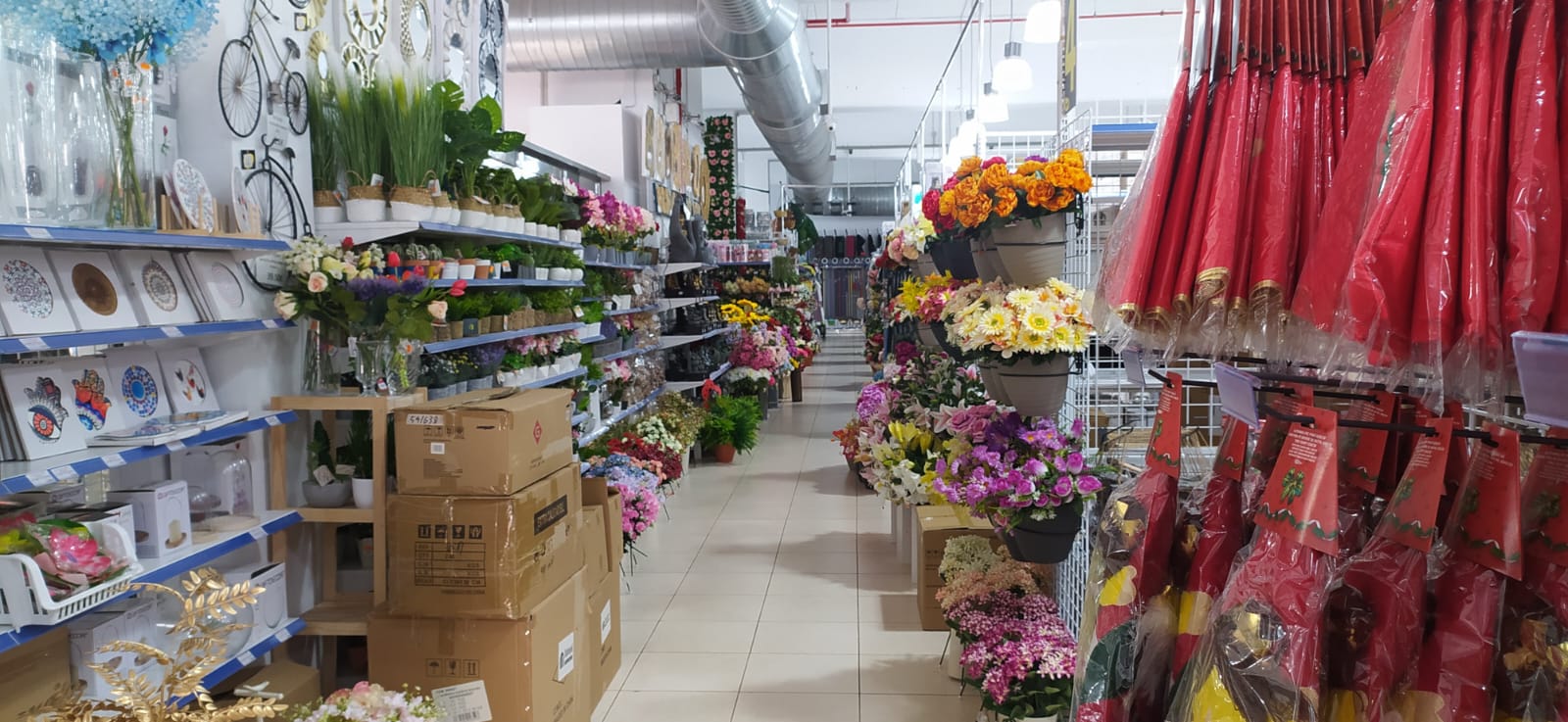
Approximately 25 years ago, Chinese bazaars appeared in every neighbourhood and industrial estate in Spain, displacing the traditional pound stores. Similarly, they are now disappearing. In various regions of Spain, numerous stores owned by individuals of Chinese descent are liquidating their inventory, with some giving away their stock. The closure of the enigmatic kings of the retail sector has spawned a plethora of theories and speculation on social media, as individuals seek to understand the underlying reasons.
The Balearic Wholesale Bazaar was overrun by residents, resulting in the deployment of police to the Son Castelló industrial estate in Palma last weekend to resolve the resulting pandemonium. The business announced that it would begin giving away all of its products after weeks of liquidation as a result of its closure. It is not the sole establishment that is closing in Spain or the Balearic Islands.
A few months ago, the Maxi Asia Chinese market in Málaga, which was one of the largest in the city, closed. A low-priced giant sold out its stock in Leganés just a few weeks ago, and the same incident happened. Or in Murcia, where a series of stores in the city centre have been closing since last year.
What is the reason for the closure of Chinese bazaars?
In light of the international political situation and the rearmament mandated by the EU, one of the most prevalent theories on social media speculates on a potential widespread exodus of the Chinese community from Europe. Consequently, there is a widespread rumour that China is in possession of the keys to a global economic catastrophe or an imminent war. This assertion is refuted by Fang Ji, the administrator of the Association of Chinese in the Balearic Islands.
“Indeed, we have observed that certain bazaars and shops in Mallorca that are operated by Chinese entrepreneurs have either closed or are in the process of liquidating their inventory in recent months.” He also notes that “in general, we can emphasise a number of factors: inflation, increasing rental and utility costs, and changes in consumer habits have impacted numerous small businesses, not just those in the Chinese community.”
Fang Ji posits that the viability of certain conventional businesses has been impacted by the rise of e-commerce and competition from large retailers. Ultimately, an Asian bazaar is unable to compete with platforms such as Shein, Temu, or AliExpress.
Occasionally, the causes of business closures are more closely tied to Pedro Sánchez’s policies than to the international situation: “Some business owners have indicated that the tightening of specific administrative and tax regulations has presented an additional obstacle to the continuity of their operations.” Investments and modifications that are not always practicable for all individuals are necessary to accommodate these modifications.
Fang Ji also emphasises that “the Chinese community in the Balearic Islands has contributed to the region’s commercial and business fabric for decades.” He also notes that some owners have decided to close for personal reasons or to reorient their business model, as the pandemic and economic changes have prompted many entrepreneurs to rethink their future and explore other opportunities.
What is the total number of Chinese bazaars in Spain?
The lack of specific official data complicates the process of determining the precise number of Chinese-run bazaars in Spain. In 2023, the figure was predicted to be 18,000 establishments, according to Laureano Turienzo, the president of the Spanish Retail Association. Nevertheless, Turienzo has estimated that the number of stores and bazaars in Spain could now surpass 20,000 in “very easy” fashion, as evidenced by numerous interviews with members of the Chinese community.
Discover more from Costa Blanca Daily
Subscribe to get the latest posts sent to your email.
Lifestyle
Costa Blanca Museums

The Costa Blanca, celebrated for its beaches and vibrant lifestyle, also boasts a rich cultural heritage reflected in its diverse museums. These institutions offer insights into the region’s history, art, and traditions, providing a fascinating counterpoint to its sun-soaked allure.
Alicante’s Cultural Gems:
- MARQ (Museo Arqueológico de Alicante): This award-winning archaeological museum is a must-visit. MARQ takes visitors on a journey through the region’s history, from prehistoric times to the modern era, with interactive exhibits and impressive artifacts. It’s renowned for its innovative presentation and engaging displays, making it accessible to all ages.
- MACA (Museo de Arte Contemporáneo de Alicante): For art enthusiasts, MACA offers a compelling collection of 20th-century Spanish art, including works by renowned artists like Eusebio Sempere and Juana Francés. The museum’s minimalist design provides a serene backdrop for appreciating the art on display.
- MUBAG (Museo de Bellas Artes Gravina): Housed in a beautiful 18th-century palace, MUBAG showcases a collection of 19th-century Alicante paintings and sculptures. It provides a glimpse into the region’s artistic heritage and the social context of the time.
Beyond Alicante:
- Museo del Turrón in Jijona: Jijona, the birthplace of turrón, a traditional Spanish nougat, is home to a museum dedicated to this sweet treat. The Museo del Turrón offers a fascinating look at the history and production of turrón, with exhibits on the ingredients, techniques, and cultural significance of this delicacy.
- Museo del Chocolate Valor in Villajoyosa: Similarly, Villajoyosa, known for its chocolate production, houses the Museo del Chocolate Valor. This museum takes visitors on a journey through the history of chocolate, from its origins in Mesoamerica to its modern-day production. Visitors can learn about the chocolate-making process and sample some of Valor’s delicious creations.
- Museo Arqueológico Municipal de Altea: This museum, while smaller than MARQ, provides valuable insights into the history of Altea and the surrounding area. It houses a collection of archaeological artefacts, including ceramics, tools, and jewellery, that shed light on the region’s past.
- Museo del Mar y de la Sal (Museum of the Sea and Salt) in Torrevieja: Torrevieja’s connection to the sea and salt production is well documented in this museum. It showcases the history of salt mining and fishing in the area, highlighting the importance of these industries to the town’s development.
These museums offer a diverse range of experiences, from exploring ancient civilizations to indulging in culinary traditions. They provide a deeper understanding of the Costa Blanca’s cultural heritage, enriching the visitor’s experience beyond the beaches and sunshine. They are perfect for those who want to add an educational and culturally rich aspect to their trip.
Discover more from Costa Blanca Daily
Subscribe to get the latest posts sent to your email.
Fashion and Style
Main Shopping Centres on the Costa Blanca

The Costa Blanca, beyond its sun-drenched beaches, offers a vibrant shopping scene, with several prominent shopping centres catering to diverse tastes and needs. Here’s a look at some of the key retail hubs:
La Zenia Boulevard:
- This is arguably the most well-known and largest shopping centre in the Alicante province.
- It’s designed as an open-air mall, resembling a small city with streets, squares, and fountains, creating a unique and enjoyable shopping experience.
- La Zenia Boulevard boasts a vast array of stores, from popular international brands like Zara, H&M, and Primark to a wide range of other retail outlets.
- It also features a diverse selection of restaurants and entertainment options, making it a destination for a full day out.
Habaneras Shopping Centre:
- Located in Torrevieja, Habaneras is another popular destination, characterised by its Mediterranean architecture and open-air design.
- It offers a relaxed shopping environment, with a variety of fashion stores, dining options, and leisure facilities.
- Its location in Torrevieja makes it a very popular location for both tourists and residents.
L’Aljub Shopping Center:
- Situated in Elche, L’Aljub provides a comprehensive shopping experience with a wide range of stores, including fashion, electronics, and household goods.
- It also features a cinema and other leisure facilities, making it a popular choice for families.
- This centre has a very wide range of shops and restaurants.
Key Considerations:
- These shopping centres not only offer retail therapy but also serve as social hubs, providing spaces for entertainment and dining.
- Many of these malls are designed with accessibility in mind, making them convenient for visitors of all ages and abilities.
- When planning a shopping trip, it’s worth checking the opening hours, as they may vary depending on the season.
- Alongside these large shopping centres, the Costa Blanca also has many local markets and high street shopping areas that offer a more traditional shopping experience.
These shopping centres contribute significantly to the Costa Blanca’s appeal, offering a blend of retail, dining, and entertainment that caters to both residents and tourists.
Discover more from Costa Blanca Daily
Subscribe to get the latest posts sent to your email.
-

 Costa Blanca4 days ago
Costa Blanca4 days agoBefore Easter, the new road through La Hoya should open
-

 Costa Blanca2 weeks ago
Costa Blanca2 weeks agoIn the next five years, air taxis will become a reality in Europe
-

 Costa Blanca2 weeks ago
Costa Blanca2 weeks agoElche man arrested for sending intimate images of his partner
-

 Costa Blanca2 weeks ago
Costa Blanca2 weeks agoVespas take to the road to raise awareness about a neglected disease
-

 News2 weeks ago
News2 weeks agoWhat is included in the emergency pack that Europe announced?
-

 Costa Blanca2 weeks ago
Costa Blanca2 weeks agoKm Playa in Benidorm has closed in order to make way for Five Guys
-
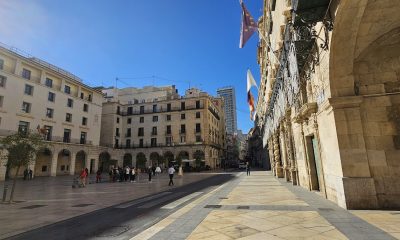
 Costa Blanca2 weeks ago
Costa Blanca2 weeks agoMan offered 10,000 euros to murder his ex-partner
-

 Costa Blanca2 weeks ago
Costa Blanca2 weeks agoVega Baja students taking part in the Duke of Edinburgh awards



